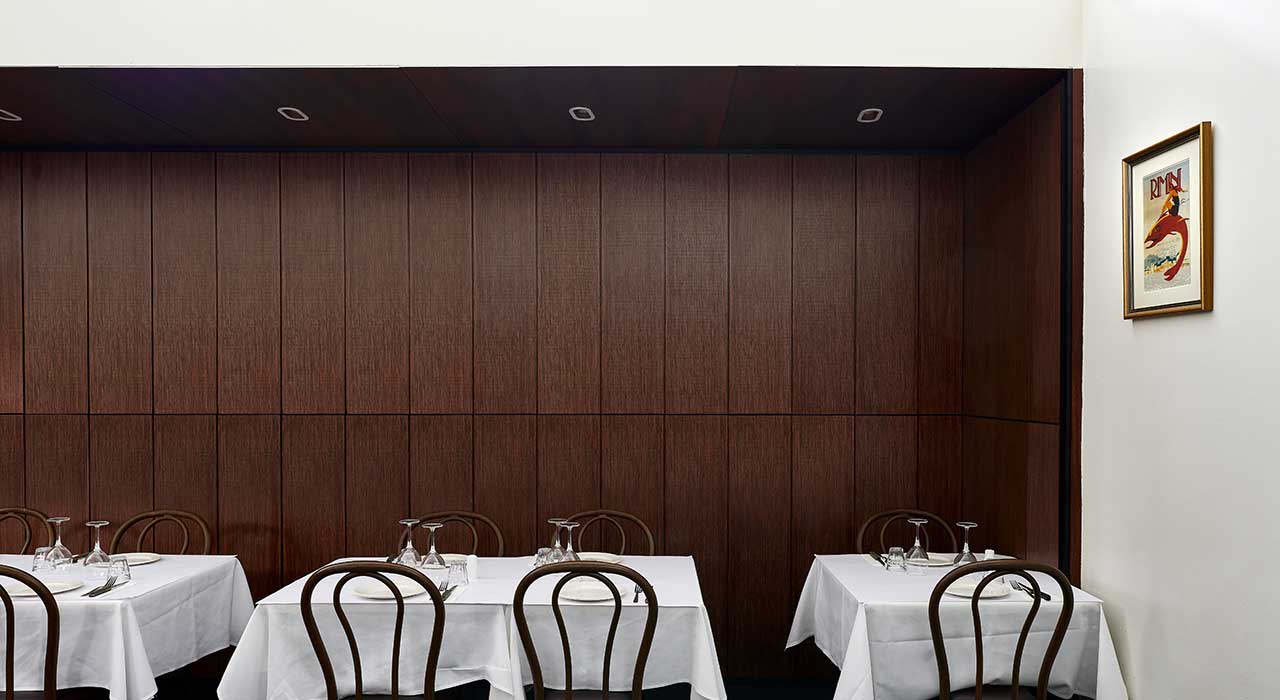This blog post comes from Instyle’s website
Bars and restaurants often incorporate open kitchens as well as hard, sound-reverberating surfaces such as glass, timber, polished concrete floors and hard seating. These trends have resulted in increased noise and disruption to patrons and more importantly to staff, often to the detriment of their health and wellbeing. These interior design trends are now driving the demand for sound absorptive and to a lesser degree sound diffusive materials.
ROOM ACOUSTICS IN RESTAURANTS
- Acoustics in restaurants are often overlooked or unplanned
- Floors no longer have carpets
- Seating is not upholstered
- Tablecloths are a rarity
- Communal tables are on-trend
- Open kitchens
- Clinking of plates
- Shifting of seating on hard floors
The Lombard or cocktail effect is a natural response in humans to raise their voices in a reverberant noisy space. Everyone in the space is compelled to talk loudly to compete to be heard, resulting in a cacophony of uncontrolled noise. All of the above makes for a perfect storm of reverberated noise and reduced enjoyment for patrons and staff, who are increasingly subjected to unnatural levels of noise for up to 8 or 12 hours a day.
RESTAURANT DESIGN CONSIDERATIONS
The three key solutions to deal with a noisy restaurant are:
- Broadband absorption on the walls
- Broadband absorption on the ceilings
- Absorption under the tables
- Also specify rubber or felt pads to be fixed to chair legs
- Where there is a open kitchen specify cleanable absorptive elements where practicable in the kitchen
Due to this complexity in room acoustic design, Instyle highly recommends engaging an acoustic consultant at the earliest stage of the design process.
CASE STUDY



